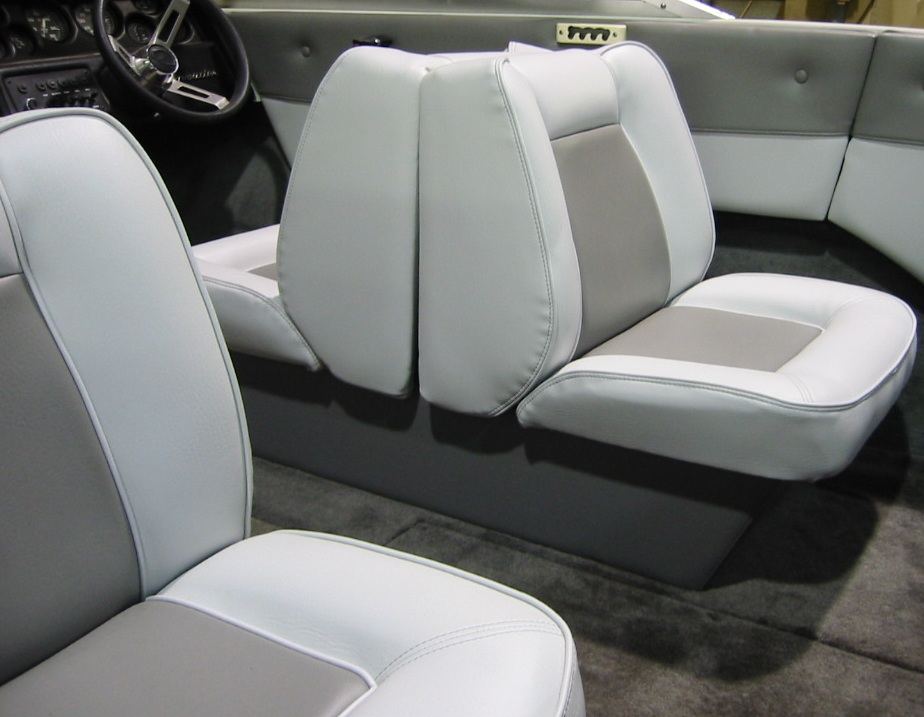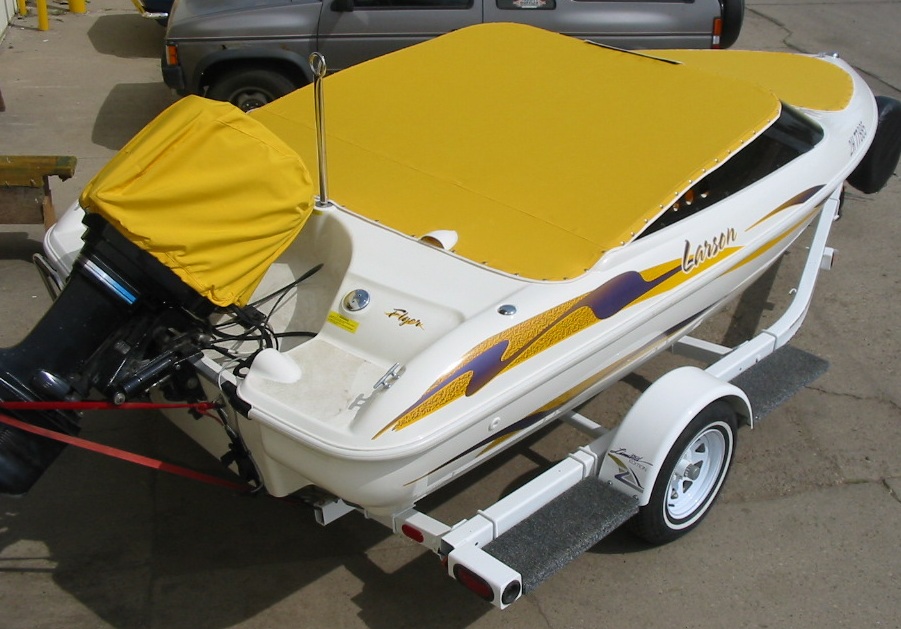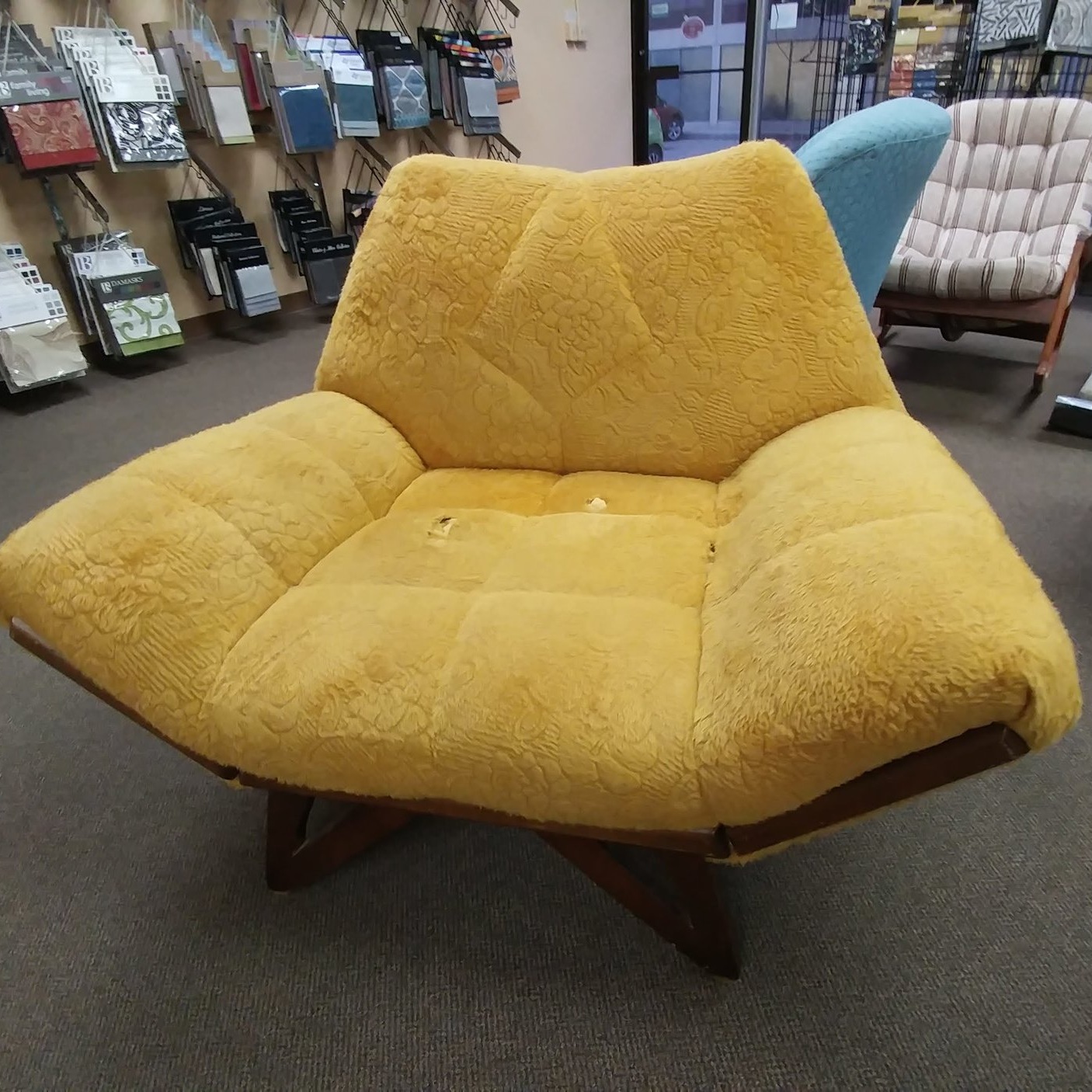
BLOG
What we Upholstered Wednesday
Today in What we Upholstered Wednesday we’ve got you covered!
Get it? It’s punny because I’m showing you custom kiosk covers that we’ve made….
Enjoy the covers and the pun!
The Cost of a Sofa
Have you ever wondered what reasons are behind the vast difference in the price of furniture?
The majority of us have a budget and what we want and what we can afford are sometimes worlds apart. However, most sofas these days are not created equal.
How do you find a happy marriage of both quality and price? How do you know if it’s quality at all?
It all comes down to craftsmanship and materials.
The difference between well made and poorly constructed furniture….
When a sofa and chair is priced low there is likely a reason. It usually indicated lower quality materials and craftsmanship. The quantity of the items produced during manufacturing will also have an effect on the price. It is cheaper to mass produce a product, but this is often reduces the quality, and will not truly reflect the real cost of a single production. Some furniture manufacturers use an inexpensive wood base covered by several thin layers of better quality wood veneer. The use of furniture grade plywood, which is many layers thicker than regular plywood, has become popular over the last ten years.
The cheapest type of wood furniture is often made from particle board, thin plywood, press board, or fiberboard. These composite materials are made from a combination of wood pulp, plastics, and resin. You will often get nice styling for the moment but don’t expect it to last for decades. Frames made from plywood or particleboard might even be held together with staples, with additional layers of plywood reinforcement. Being able to wiggle the arms or twist the sofa is not a good sign.
a “new” sofa that was recently in our shop for repair
What’s inside the frame comes next. A higher quality frame means you can use higher quality, heavier springs like eight-way hand-tied springs, where each spring is connected and secured by very strong twine and will spread out weight evenly. Less expensive sofas and chairs will have a cheaper spring version and be constructed with just elasticized webbing instead of webbing with springs, or a springy metal coil, thus making the sofa more prone to losing its form and could begin to sag.
What is between you and the springs is important as well. The fill of the cushions in a quality sofa will be made of high density foam covered in polyester or down padding. Down is the most luxurious choice and can be the most expensive. A combination of down and high density foam is a good option. Higher density foam will have a heavier feel and provide a long lasting, quality seat that won’t break down as quickly. A low cost sofa will reveal the use of a lighter weight or less dense and often unwrapped foam. The cushions will be much lighter and unfortunately lose their shape, sooner rather than later.
The upholstery fabric you choose is a very big factor in the price you pay for your sofa. You will find quality furniture pieces covered in beautiful, durable, tightly woven fabrics with a high abrasion factor, 15,000 double rubs or more. Leather, in this case, will be top grain and dyed all the way through, as compared to a cheap sofa covered in low cost bonded leather made from the scraps of hides. A more expensive sofa will usually offer you many more fabric and custom options.
Higher end furniture (Let’s say $7500 and upwards) will provide you with comfort, fabulous style, impeccable craftsmanship, longevity and a very, very, high price tag. Mid-range furniture ($2500-$6000 for a sofa) will also provide you comfort, style, attention to detail and materials and save you the shock of the price. Low end furniture ($2000 or less for a sofa) may offer style, function, and economy but could cost us all more in the end. Affordable at the moment, poorly made furniture will end up in the land fill after filling your living room.
As consumers we do have a choice in where we put our dollars and most of the time you usually do get what you pay for. Occasionally a high price does not always mean superior quality, or a good brand is fouled by poor store service. If you do your homework or have a trusty friend who knows furniture, pointing out what to look for before you buy, you’ll be sitting pretty on furniture that you can feel good about.
more damage on the “new” sofa in our shop for repair
What we Upholstered Wednesday
Let’s take a look at a some of the awesome booth / banquette seating we’ve done.
Leaders in Recycling
For those that don’t know, the industry of upholstery has always been a friend of the environment; reducing consumer waste by transforming hand me downs into rejuvenated pieces tailored to suit your style and space.
That makes us a business built on promoting sustainability while providing you with fabulous new pieces for generations to enjoy! We even carry a selection of eco-friendly “green” fabrics to complete your project.
Reupholstering furniture….
prevents landfill waste; re-engineering and reupholstering furniture prevents valuable, strong, and well made pieces from being sent to landfills
reduces carbon impact; even “sustainable furniture” carries a considerable carbon footprint when it has to be manufactured, packaged, stored, and shipped to your location. Across all industries, recycling and reusing existing goods requires less energy than the creation of new items from virgin materials.
saves trees; extend the life of those older, well built pieces of solid wood furniture as opposed to a new piece constructed of composite board, and save those trees!
So before you decide to purchase new furniture, see if your existing pieces can be refurbished. Not only is it good for the environment but you’ll get exactly what you want…
What we Upholstered Wednesday
Did you know that we also do automotive upholstery?
This week we’re showcasing a couple of the marine projects we’ve done recently - enjoy!
Boat cover
Recovered boat seats
Eye catching boat cover
What you Need to Know about Fabric Abrasion Tests
As some of you may know from patronizing a house of upholstery or being one of our customers, there are a lot of factors to consider when choosing a fabric for your piece. One of the most frequent talking points and cornerstones of consumer education has to do with the durability of upholstery fabrics. Questions we hear from 9 out of 10 clients are: “How long will this fabric last? What is the durability of this fabric? Is this textile suitable for my household with children, dogs, and cavalier adults? What is the fiber content, and does that factor into durability?”
Taking a peek at the back of a fabric sample is very enlightening! It can tell you the fiber content of the fabric, country of origin, cleaning codes, and in most cases will provide a durability rating in the form of a Martindale or Wyzenbeek durability rating. In a nutshell, there is a number related to a mechanical abrasion test on each fabric. The higher the number the more durable the fabric (Of course, this all depends on how you treat it! We haven’t found a cat or squirrel-proof fabric to date.).
You’ll notice that the fabric above lists a 9,ooo double rub via the Wyzenbeek method. Fabrics that describe this idea (ranging from 9,000 – 20,000 double rubs) are suitable for light to medium duty upholstery, and would work very well on pillows, bedding, or draperies. Low to medium impact residential applications are best for these types of textiles.
The chenille sample above lists a resistance to a whopping 150,000 double rubs! On durability alone, this material wins. It can stand up to over 16 times the traffic compared to the sample above! As a general rule of thumb, 45,000 double rubs and above describe a fabric that can withstand a lot of friction, and may even be suitable for commercial interiors. The challenge when shopping is to find the cloth with a great hand feel coupled with the look and design you’re after, as well as being cost effective
What we Upholstered Wednesday
This week we’re sharing a really fun before and after!
Before - well loved and used
After - ready for 30 more years of memories
What fun and exciting fabric choices
Anatomy of a Sofa
It looks straightforward. An upholstered piece of furniture is little more than fabric stapled or tacked to a padded frame, right?
In fact, there's far more to achieving the crisp perfection and deep comfort of upholstery. That's why purchasing a new sofa (or chair) can be so expensive, and why even recovering a well worn heirloom is sometimes costly. That said, quality construction may be more economical than replacing a piece every 10 years or so.
Before you make the investment, it helps to understand what goes into making a well crafted sofa. After all, the bones of an item determine its value and longevity. With sturdy materials and hand-finished details, a custom piece can last 20 years or longer with new upholstery.
Once you understand the differences between feathers, down, and foam; jute and elastic webbing; and eight-way and zigzag springs, you can decide whether it's worth the effort to restore or update a beloved piece of furniture, or whether it's time to trade it in for a new one.
FRAME AND PADDING
These two components make up every upholstered piece, but their materials determine the overall quality. (1) A top-of-the-line frame, generally custom-made, uses 2-inch-thick kiln-dried wood, such as poplar, oak, maple, cherry or ash, and is secured with dowels and glue. Mass-produced pieces usually have thinner frames that are glued and stapled; lower-quality versions are often made of plywood or pressed board
Inside the frame, (2) jute webbing is woven along the seat and tacked to the frame with a pneumatic tack gun. The webbing is then threaded along the back and vertically along the arms of the sofa. (3) Eight-way springs, tied coil by coil to the webbing, offer the most support and flexibility. Other options are zigzag springs and elastic webbing.
Optional padding types (4) are horsehair (real, synthetic or a mix), foam and polyester batting. The casing is topped with (5) layers of glazed cotton (terylene), which helps grip the upholstery fabric and keep it from shifting. On a straight-backed sofa it also supplies the comfort in lieu of cushions.
CUSHIONS AND FABRIC
Structure aside, the cushions and (6) fabric on a sofa can also affect longevity. One way to prolong the life of upholstery is to opt for removable cushions so you can turn them over. The covers can be dry-cleaned easily, and if there is foam inside, you can see if it's crumbling and needs replacing.
For filling, down is the most luxurious — the super-soft feathers have no quills — but it's not ideal for everyday furniture. Other cushion options include down-filled casing, foam and cotton batting.
What we Upholstered Wednesday
This week we’re bringing you the coolest ottoman I’ve ever seen. This Kravet material makes me so dang happy!
What we Upholstered Wednesday
This week we’re bringing you a super fun before and after.
This chair came to us in a well loved mustard yellow teddy bear material and left us in a sophisticated and fun blue woven. We also stripped and stained the wood for a total overhaul.
Before….
mustard yellow - well loved
After
full of life in Ennis - Viva col Spa

























